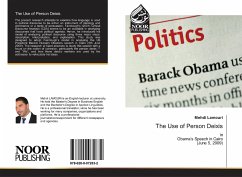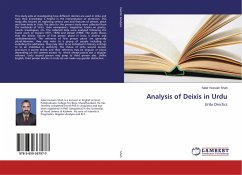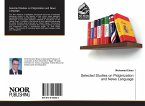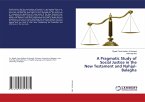The present research attempts to examine how language is used in political discourse to be either an instrument of ideology and dominance or a tactic of persuasion. Fairclough's (2001) Critical Discourse Analysis (CDA) seems to be an available in analyzing discourses that have political agenda. Hence, he introduced his model of analyzing political discourse using three major steps: description, interpretation, and explanation. This study was designed to adopt Fairclough's model in analyzing the US President Barack Hussein Obama's speech in Cairo (5th June 2009). The research at hand attempts to study this speech with a focus on the notion of cohesion, particularly the person deixis "I" and "We", and how these deictic markers are used by the addresser to vehiculate his ideas








